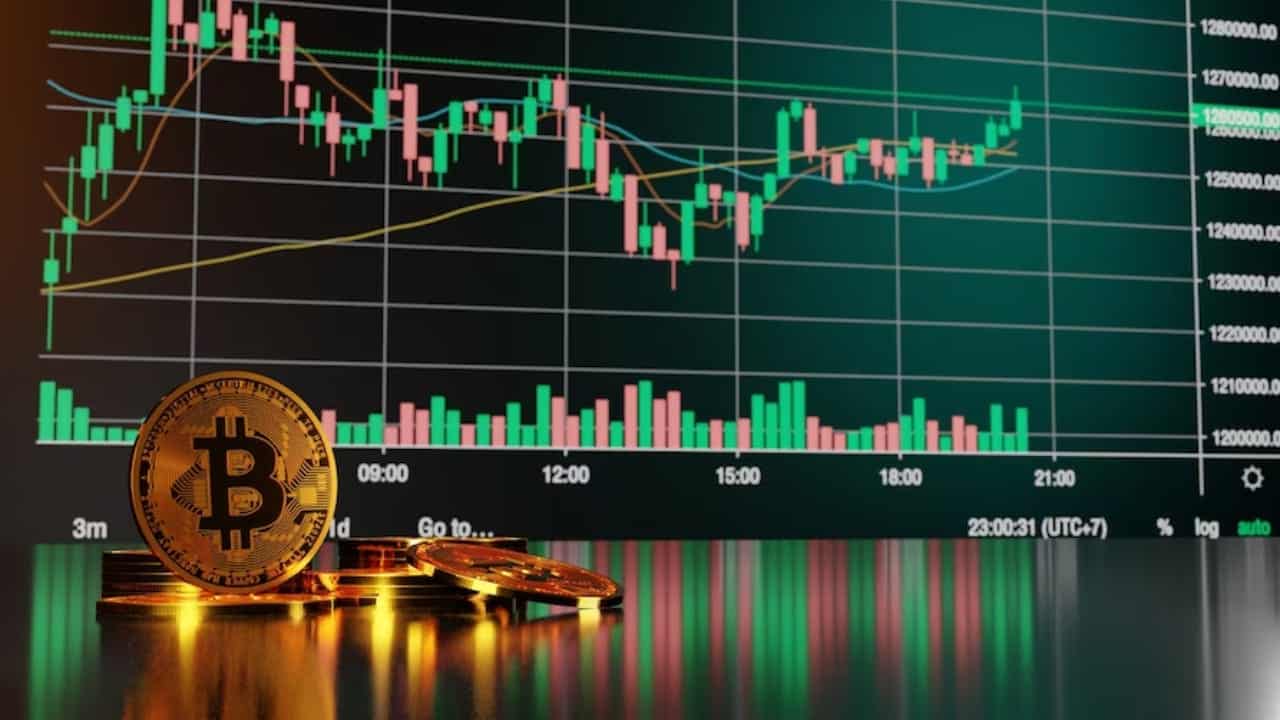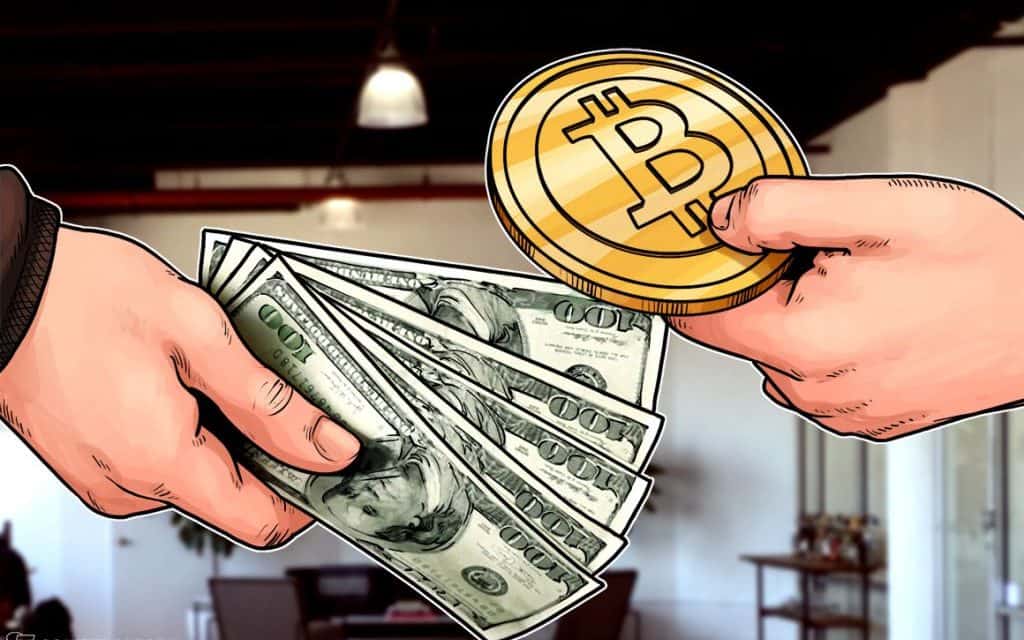Red Flags Uncovered: Dodging Hidden Fees on Crypto Exchanges
Cryptocurrency trading should excite you, not your fees! But too often, red flags for hidden fees on crypto exchanges wave unnoticed until you’re short a chunk of change. It happens quietly, siphoning off your hard-earned money. But don’t fret. I’m here to shine a light on the sneaky signs that your crypto exchange might not be as upfront as you think. From pesky pricing puzzles to terms more tangled than spaghetti – you deserve the scoop. Stick with me, and you’ll learn how to spot and skip those hidden costs for good.
Understanding the Fee Structures of Crypto Exchanges
Identifying Common Fee Types
When you trade crypto, you often see costs add up fast. These are the fees to watch for. Look for them before each move you make on an exchange. The main types are trade, withdrawal, and deposit fees. Trade fees happen each time you buy or sell. Withdrawal fees come up when you move your crypto off the platform. Deposit fees may hit when you add funds to trade.
Some fees vary by how much you trade. These are called maker or taker fees. A maker fee is for creating a trade others can take. A taker fee is for taking a deal that’s there. High trading volume can reduce these costs. Does this sound tricky? Well, it can be! The key is knowing the rules of the game.
The Importance of Fee Transparency
Why care about fee clarity? It puts you in charge of your cash. Fee structure transparency in crypto lets you plan your moves. Without it, you can end up paying sneaky extra charges. And who wants that?
Take crypto deposit charges. Some places don’t charge for this. But others take a cut. If you don’t know, your balance can shrink before you start trading. Imagine putting down $100 and only getting $97 to trade. Not fun, right?
What about unexpected crypto costs? We’re talking surprise surcharges when you’re not looking. Some exchanges will slip them in, cutting into your profit or hiking up your loss. It’s not just mean; it’s poor practice. Good exchanges will tell you upfront how they do their fee calculations.
Let’s talk about withdrawal fees. They should never shock you. A fair crypto exchange will make it clear: here’s what it will cost when you take out your coins. Why should you have to dig for that info? You shouldn’t!
Deceptive pricing in digital currency markets is bad. But it’s out there. What’s worse is exchange rate manipulation in crypto. That’s when your trade costs more or earns less because of tricky rate changes. This can all change how you feel about an exchange. And let’s be real, you want one that feels like it’s on your side.
Some final tips: always read the fine print on crypto fees. Ask questions if anything is vague. And keep an eye out for those hidden fee indicators in crypto. They’re the warning signs that can save you a lot of headaches. By catching these red flags early, you can trade smarter and keep more of your hard-earned money.
Remember, crypto trading expenses are part of the game. But just like in any game, you should know the rules. That’s how you win or at least don’t lose when you didn’t expect it. Stay sharp and keep those costs clear. It’s your money on the line, and knowing all about these charges means you’re the one in control.
Common Red Flags for Hidden Charges in Crypto Trading
Inconsistent Pricing Between Similar Transactions
Watch out for prices that change a lot. You might see two trades that look the same but cost different amounts. Why does this matter? This can be a clue that there are hidden fees. If a crypto exchange adds fees without telling, each trade can end up with a different final cost. Try to spot when costs seem to jump around. Often, this can point to sneaky surcharges.
When you trade the same amount of the same coin, the cost should be close each time. If it’s not, ask the exchange why. You have the right to know how they set prices. They should explain any extra fees clearly. Many times, they use complex ways to add fees. They do this hoping users won’t notice. But now, you know to look for this trick.
Unclear Terms and Conditions
Another red flag is terms that are hard to understand. Many times, the real game with fees is in the fine print. It’s no fun, but you have to read it. If it’s hard to make sense of, that’s a warning sign. It might mean they are hiding charges in fancy words. We call these hidden fees because they are not easy to find.
Exchanges should tell you about all costs up front. This includes fees for trading, taking money out, and putting money in. When terms are not clear, you might end up paying more than you thought. Let’s face it, nobody likes that! Always ask the exchange to make their fees easy to find and understand. It’s your money, so it’s your right.
Spotting these red flags early can save you money. Know the signs, and you can dodge these hidden costs. Next time you trade, keep your eyes open. You want to avoid a bad surprise. Remember, trading should be fair for everyone.
And always ask questions if something seems off. It’s the best way to learn and protect your coins. Knowing what to watch for makes you a smarter trader. Don’t let hidden fees cut into your crypto. Happy trading!
Techniques to Spot and Avoid Surprising Crypto Costs
Comparing Fees Across Multiple Exchanges
When you trade crypto, you might face costs you didn’t expect. It’s like a sneak attack on your wallet. To stay safe from these, you must compare fees on different exchanges. Each crypto market sets its own prices for trades, withdrawals, and deposits. Sometimes, a low trading fee can trick you. You might miss high costs hiding in withdrawal fees. I always say, check more than the price to trade. Look at the full fee setup before you jump in.
But how do you start comparing? Make a list with the top exchanges you like. Then, write down each fee they charge. Include everything – from trading to taking out your money. Doing this gives you a clear picture of the total cost. You can then pick the best exchange for your wallet. And remember, some exchanges change fees often. So, keep your list updated to avoid surprises.
Tools and Resources for Fee Analysis
Good tools can help you fight hidden fees in crypto. They let you see the fees before they hit you. These tools dig into the exchange details and show you the fine print. I always tell traders, “Use the tools that work as a fee flashlight.” They light up the dark corners where extra costs hide.
So, what tools should you use? There are websites made to compare crypto fees. They list prices for many exchanges in one place. These sites save you time. Instead of going to each exchange’s site, you get all the info you need at once. They show trading fees, deposit charges, and what it costs to get your money back. Plus, they often have alerts. These tell you when an exchange puts up new fees or changes old ones.
Another strong move is to join trader groups online. Here, traders like you share their finds on fees. They talk about their own trades and the costs they ran into. They might know about charges you haven’t seen yet. Learning from them can keep your money safe from hidden fees.
In the end, knowing about fees means you’re less likely to lose out. So, take the time to understand all the costs. Use comparison sites and listen to other traders. This way, you make smart moves with your crypto and keep sudden fees from taking your coins.
Advocacy for Fair Crypto Exchange Practices
The Role of Regulatory Bodies in Ensuring Fair Fees
We all hate hidden costs in crypto trading, right? These sneaky fees cut into our profits. But there’s good news! Regulators are stepping up. They make sure crypto exchanges play fair. They check that fees are clear to all of us. So, we don’t get surprised by costs down the line. This keeps our money safe.
Regulatory bodies aim to shield us from shady fee tactics. In the past, some exchanges weren’t upfront about their charges. They’d add extra costs like high withdrawal fees or sneaky transaction fees. Now, regulators demand clear fee structures. This means knowing exactly what each trade costs. They want transparency in cryptocurrency fees. So we can trade without fear of hidden fees biting us later.
How Traders Can Influence Greater Fee Transparency
We’re not just on the sidelines. Traders have a big voice in this. By asking questions, we hold exchanges accountable. If something seems off, like unexpected crypto costs, we should speak up. Tell the exchange! Sometimes they’ll listen and make changes. They, too, want to keep our trust.
Demanding clear info is a trader’s right. We want to see transparent fee disclosure in crypto trading. No one likes feeling tricked by costs they didn’t know about. By calling out confusing fee info, we push for change. It can start simple. Just by reading the fine print on crypto fees, we can catch tricks. We can spot things like hidden commission in crypto exchanges.
Becoming sharp at detecting additional crypto costs, we make a difference. Exchanges notice when we share our knowledge. This gets their attention. They know we’ll choose fair platforms over tricky ones. As we keep pushing, we make all exchanges more honest. This means a fairer market for everyone.
In this fight for fairness, our wallets and peace of mind win. Let’s keep trading, but also keep our eyes open. Together, we can ensure fair play in the exciting world of crypto.
In this post, we looked at how crypto exchanges set fees and why clear info matters. We also noted sneaky costs and how to spot ’em. Plus, we gave tips on using tools to keep fees low. Remember, fair play in crypto needs both tough rules and smart traders pushing for open fee details. Keep your eyes open, compare exchanges, use tools, and stay smart. That’s how you win at the crypto game.
Q&A :
What are common red flags indicating hidden fees on cryptocurrency exchanges?
Hidden fees can sometimes catch crypto investors by surprise. Watch out for red flags like overly complex fee structures, high withdrawal fees, discrepancy between displayed and actual transaction costs, and lack of transparency in exchange rate calculations. Some exchanges might have low trading fees but compensate with higher fees elsewhere.
How can I identify hidden fees before trading on a crypto exchange?
To identify hidden fees, always read the fine print in the exchange’s terms of service, and look for detailed fee schedules. Don’t hesitate to contact customer support with questions about fees. Additionally, consider using forums, social media, or crypto communities to get insights from other users’ experiences.
Are there withdrawal fees that could be considered “hidden” on crypto exchanges?
Yes, some crypto exchanges might have withdrawal fees that aren’t obvious at first glance. These fees can vary significantly between different cryptocurrencies and might be a fixed fee or a percentage of the withdrawal amount. Always check the exchange’s withdrawal fee structure before moving your assets.
Can exchange rate spreads include hidden fees on crypto platforms?
Exchange rate spreads can indeed act as a type of hidden fee on crypto platforms. When there is a large difference between the buy and sell price quoted by an exchange, this can result in an implicit fee. Be wary of platforms with consistent, unexplained high spreads, as they can eat into your investment returns.
What tips can help me avoid exchanges with excessive hidden fees?
To avoid exchanges with excessive hidden fees, do thorough research and comparison. Look for honest reviews and feedback from other users. Use exchanges that are known for transparency and have clear, straightforward fee structures. Also, consider using fee calculators provided by many platforms to estimate the true cost of your transactions.




